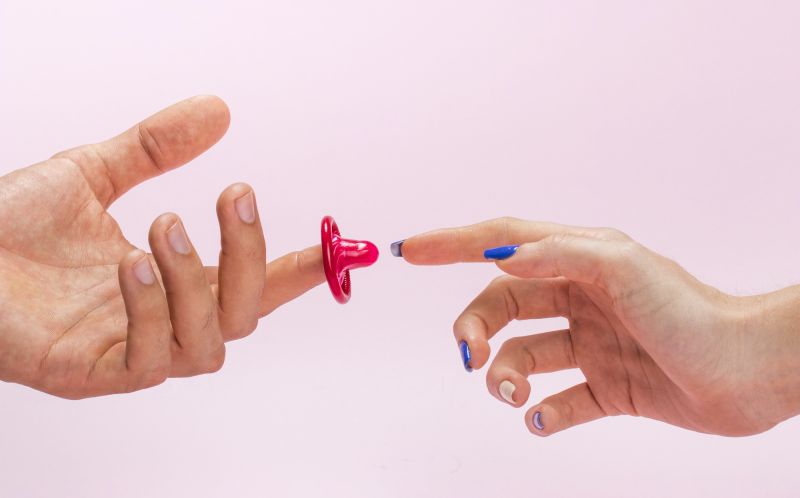So, Does the Pull-Out Method Work?
How effective is the pull-out method, really? Here’s everything you need to know about the notorious withdrawal method, including its pros, cons, and effectiveness.

What is the pull-out method? How does it work?
Also known as the withdrawal method, the pull-out method is a technique used to prevent pregnancy during penis-in-vagina sex.
Its popularity is down to its many benefits, including its non-interference with sexual sensation, its inexpensiveness, the lack of preparation required to use it, and its acceptance among many religions.
But it also has many cons, including unreliability, difficulty, and the fact that it does not protect against STIs.
As the name suggests, the pull-out method involves one partner taking their penis out of their partner’s vagina before ejaculation occurs. In theory, this can decrease the chances of unwanted pregnancy by enabling fewer sperm cells to travel through the vagina to the cervix.
How effective is the pull-out method?
The effectiveness of pulling out is still hotly debated. To sum up, pulling out does lower the likelihood of unwanted pregnancy. However, it is extremely unreliable, which means health authorities do not recognise pulling out as a legitimate means of contraception.
If you are trying not to get pregnant or catch an STI, using a condom is far safer.
So, how effective is the pull-out method? If you use the withdrawal method correctly, it can be effective at about 96%. This means that around 4 out of 100 women using this method would get pregnant per year. However, the existence of sperm in pre-ejaculate fluid means that this method is a risky way to avoid pregnancy.
Typical use
As with other methods of avoiding pregnancy including condoms, contraceptive pills, and natural family planning, effectiveness rates are better predicted by considering human error.
Does the pull-out method work? Pulling out during an intense sexual moment is extremely difficult. In reality, few men are capable of doing this every time. This is one of the reasons why the withdrawal method has a typical effectiveness of around only 78%.

This means that, realistically, 22 out of 100 women would get pregnant per year using this method.
Does pulling out prevent the spread of STIs?
No, the pull-out method is ineffective in preventing you from getting or spreading an STI. STIs aren’t only spread through semen - they are also spread through skin-to-skin contact, vaginal secretions, ‘pre-cum’, and more.
If you are sleeping with more than one person or could be at risk of getting an STI, always use a condom.
Is there a way to make pulling out more effective?
Of course, the most basic way to pull out effectively is to ensure you do it in time every time you have intercourse. It is essential that no semen enters the vagina, as even a small amount can cause pregnancy. This is difficult but not impossible.
Usually, the penis-owning partner will have to have practised and be experienced at knowing when the ejaculation is coming and having the physical and mental strength to pull out of their partner at that moment.
Have your partner pee before sex. And ideally, wash their penis too. This helps clear away any existing sperm.
Keep semen away from your upper thighs. Or from any place where it could accidentally contact the vagina, including the groin or stomach. It’s best to clean yourself fully after sex.
Be aware of your menstrual cycle. Though it’s not entirely impossible to get pregnant at other times of the month, you are actually only fertile during ovulation, which lasts 1-2 days and happens around 14 days before the start of your period.
While there is still a risk of pregnancy if you have unprotected sex at any time of the month, being aware of your most fertile time can make using the pull-out method safer.

So, does the pull-out method work? While pulling out is better than nothing, it’s not a recommended or reliable way to prevent pregnancy.
How effective is the pull-out method? If you want to avoid getting pregnant while enjoying the natural feel of condom-free sex, consider other contraceptive methods like the pill or IUD.
Or explore the range of ultra-thin condoms on the market while you wait for male birth control to hit the shelves finally.









